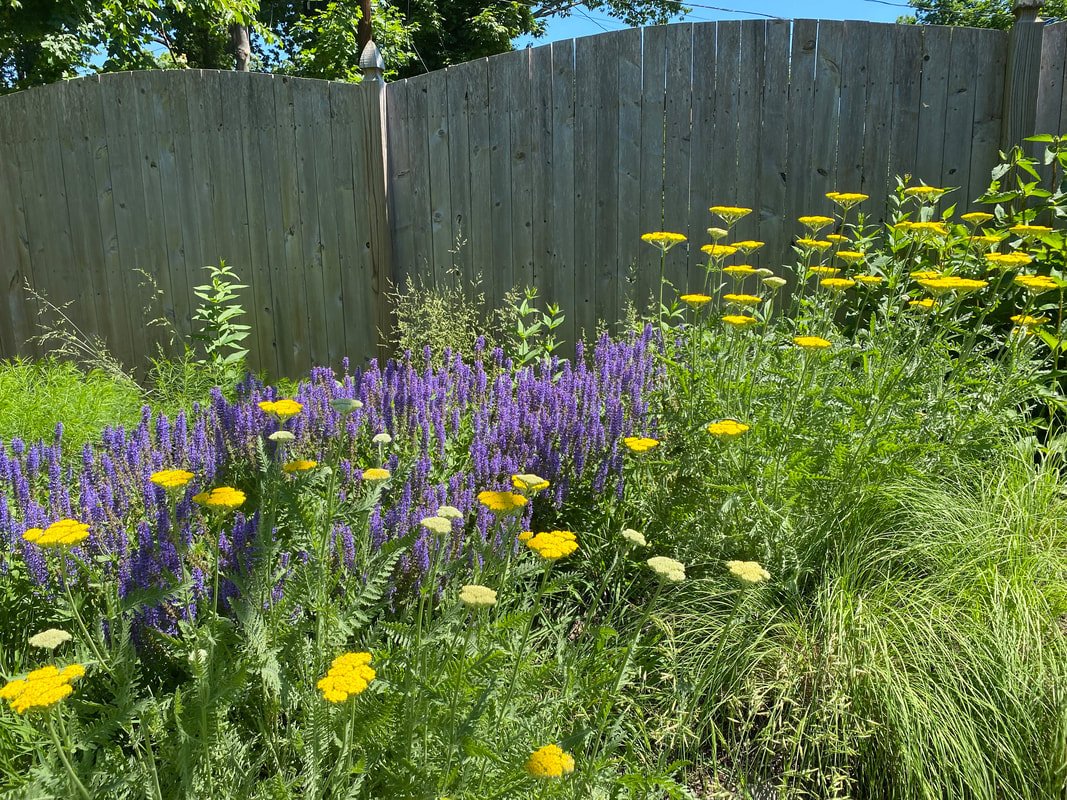Garden uses for short-term perennials
Many popular garden perennials fall into the "short-lived" category, so you might be wondering whether or not you should waste time and money planting them, when your not sure how long they'll last. It is true that short-lived perennials will eventually die out but there are many benefits to these plants!
This is a picture of some true perennials that we really love and often use in our projects.
Many gardeners prefer perennial plants since they typically last longer, but annuals and biennials put a larger proportion of their energy into growing flowers so that they ensure they produce enough seed for their continued survival. The table below shows the gradient of hereditary longevity of plants.
The fact that annuals and biennials have showier flowers makes them particularly attractive plants to grow, especially since their flowering season is usually longer than that of most perennials. Similarly, short-lived perennials make a trade-off between flowers (for their seed) and persistence through spreading growth. Many short-term perennials are free-flowering (meaning that they will bloom continually throughout the growing season), which makes them very desirable plants. These types of plants work well for private gardeners or heavily managed public spaces. For anyone interested in sustainable gardening and planning for the long term, these types of perennials should only account for a small proportion of the planting plan because you will have to replant them every year. If you are looking for something that is more cost effective and affordable, go for true perennials that will grow back year after year and require less maintenance.
This is a picture of Digitalis purpurea, which is classified as a biennial



